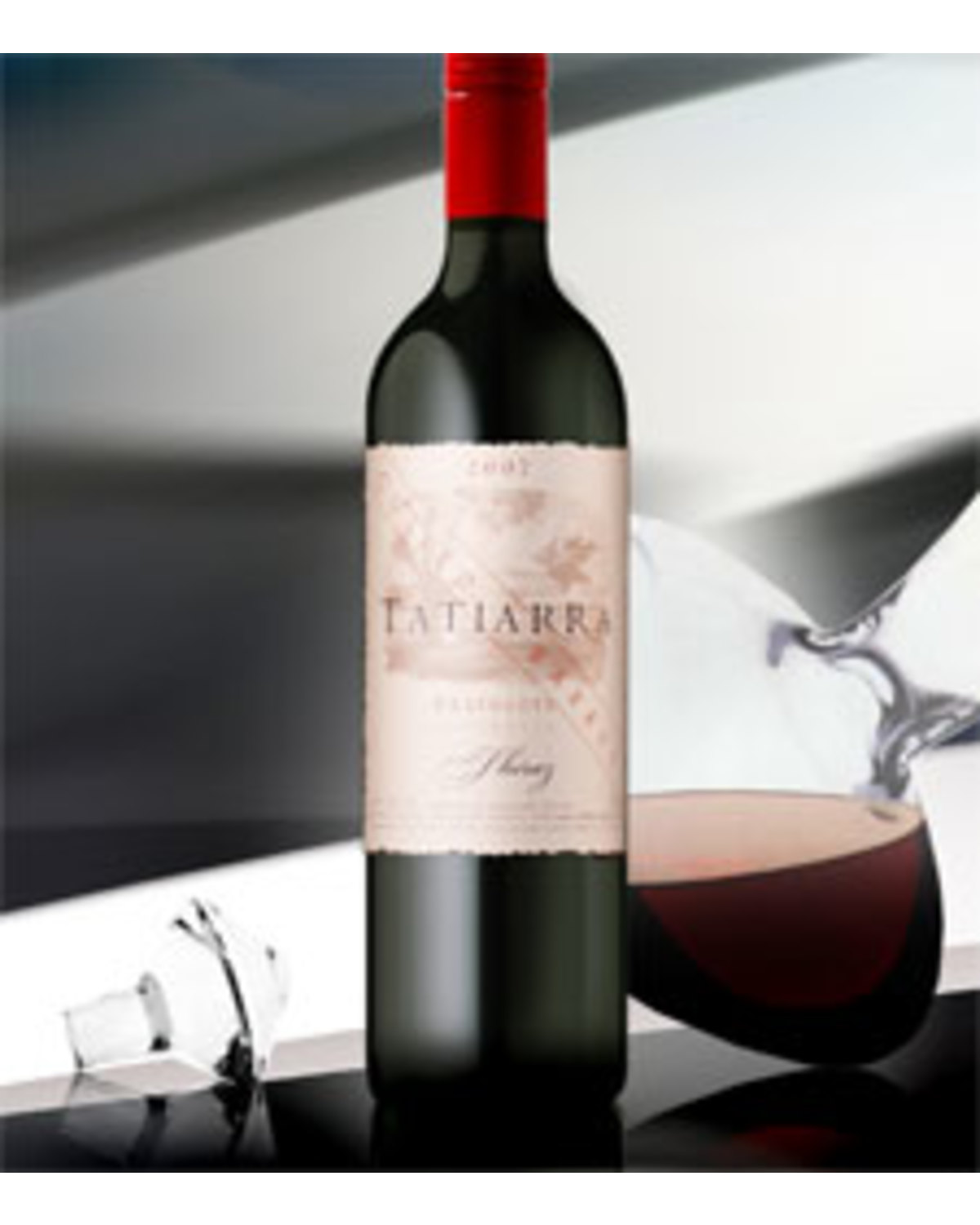
- 96
2007 Tatiarra Culled Barrel Shiraz
Climate change is constantly in the news with dire predictions forecast for the future, yet readers of viticultural history will be aware of past periods of high temperature fluctuations. The climate zones in which grapes are capable of being grown is quite narrow, particularly if one is growing grapes at the premium end. There are two aspects to temperature and subsequent temperature fluctuations. The first is related to a basic physiological need for the grapes to be grown within a certain temperature band. Scientists have analysed and selected climate maturity groupings which are based upon the average growing season temperatures and the ability to ripen a particular grape variety. For example, Champagne and Alsace are regarded as being cool. Chile, Bordeaux and Burgundy are regarded as intermediate. Margaret River, South Africa and Northern California are regarded as warm, whilst Hunter Valley and Barossa Valley are regarded as being hot.
Climate variability, that is, the departure from average growing season temperatures, results in vintage variability - the difference between good, great and ordinary vintages. However, one must remember that the climate and temperature range is not static. Throughout the growing period, variations can be a positive or negative. For example, it can contribute to complexity in the final wine by harvesting a combination of early, mid and late season fruit (this is particularly noticeable in New Zealand Sauvignon Blanc). Climatic data for European viticulture has been kept for 1000 years, recording vintage dates and harvest yields. Between 900-1300 AD during medieval times (the period known as ‘Little Optiman’), temperatures were 1oC warmer than average which resulted in vineyards being planted in the coastal zones of the Baltic Sea and Southern England. During the High, Middle Ages, in the 12th and 13th century, harvests occurred in early September, compared with mid October today, with temperatures being 1.7oC warmer than average. During the 14th century, the temperature declined, which led to a “Little Ice Age” lasting into the 19th century. Growing seasons became far too short for fruit to ripen and many vineyards disappeared. In tough growing seasons like 2007, great wine can be made – but only through sacrifice. Yields will inevitably be down and uncontrollable elements such as diurnal temperature differences (the difference between night and day temperatures) can result in some of the fruit being rejected.
At Domaines Tatiarra, winemakers Ben Riggs and Peter Flewellyn are briefed to produce extraordinary wines, no matter what the climatic temperature variations are. The 2007 Tatiarra Culled Barrel Shiraz is an outstanding Red by any measure, but does not come up to the exceptionally high standards demanded for Cambrian Shiraz, Caravan of Dreams and Trademark. These flagship wines are due to be released in early November. Having said that, collectors of Tatiarra wines will eagerly recall the exceptional quality of past vintages of Culled Barrel and the 2007 is no different.
This Underdog Continually Affirms The Iron Integrity Behind The Tatiarra Label To Be Recognised As One Of The World's Greatest Shiraz Producers
Over a few short years, Tatiarra has established a reputation as one of the world's great Shiraz producers with lavish praise coming from wine lovers and critics globally. In part, the success has been due to the extreme culling of barrels at the blending stage. We've featured the Tatiarra Culled Barrel Shiraz year in year out as one of Australia's great wine bargains so long time subscribers to Vintage Direct will be aware that it's produced from exactly the same fruit as Tatiarra’s top wines (these sell for between $40 and $60). As a nearly perfect 'reject', Culled Barrel is instead sold off at a dramatically discounted price in order to recover production costs. We have had the opportunity to look at back vintages of this wine and can only conclude that the winemakers are pursuing an extreme form of excellence that few wine companies could afford to accommodate.
Tasting note: Opaque black crimson colour with black crimson mauve purple hue. Perfumed nose of plum, spice and liquorice allsorts followed by a cedar end note. The palate is unexpectedly powerful at this price point. Mouthfilling flavours of blackberry and black pepper over a very spicy back palate. Fine grained slightly chalky tannins – exceptional aftertaste of liquorice, spice and black pepper.
Cellar 5-8 years (2013-2016)
Alc/Vol: 15.5%
